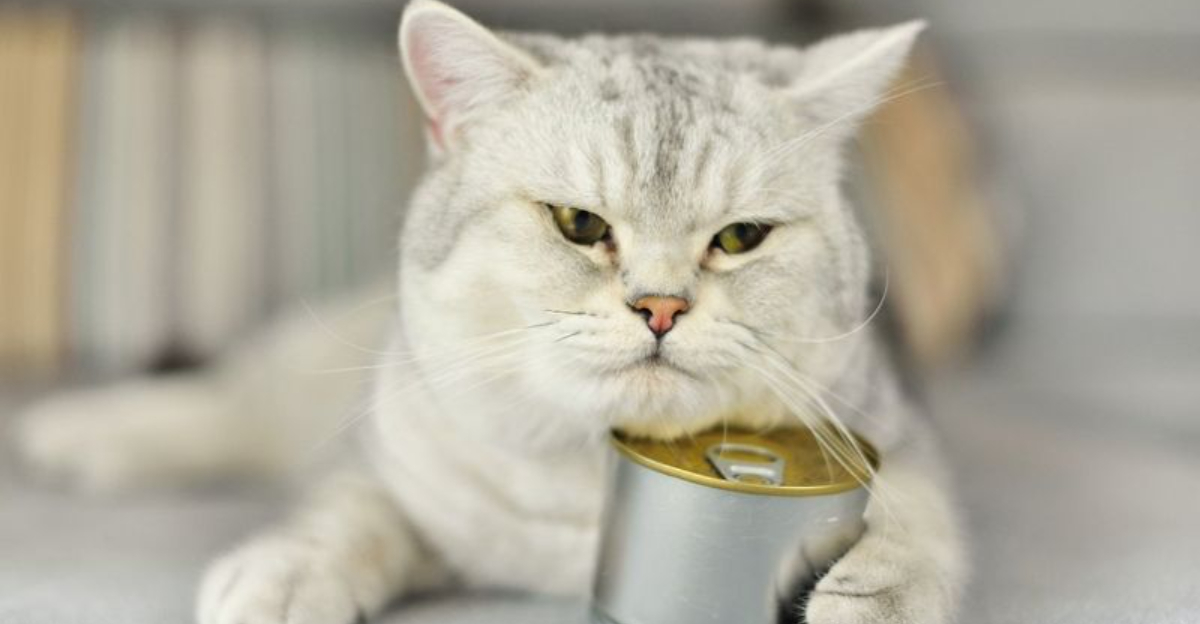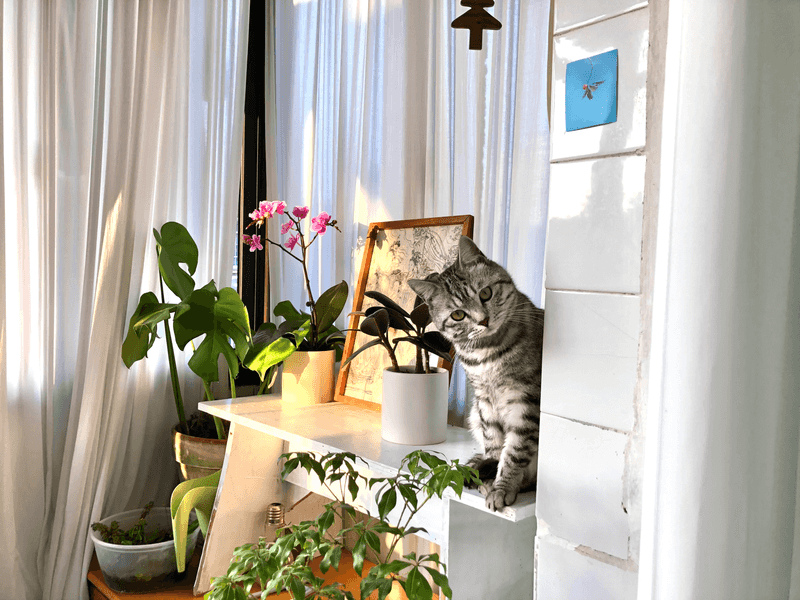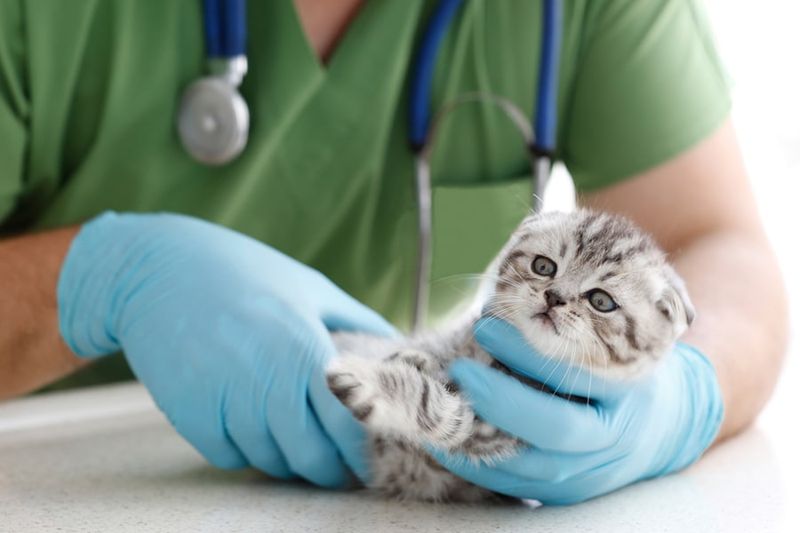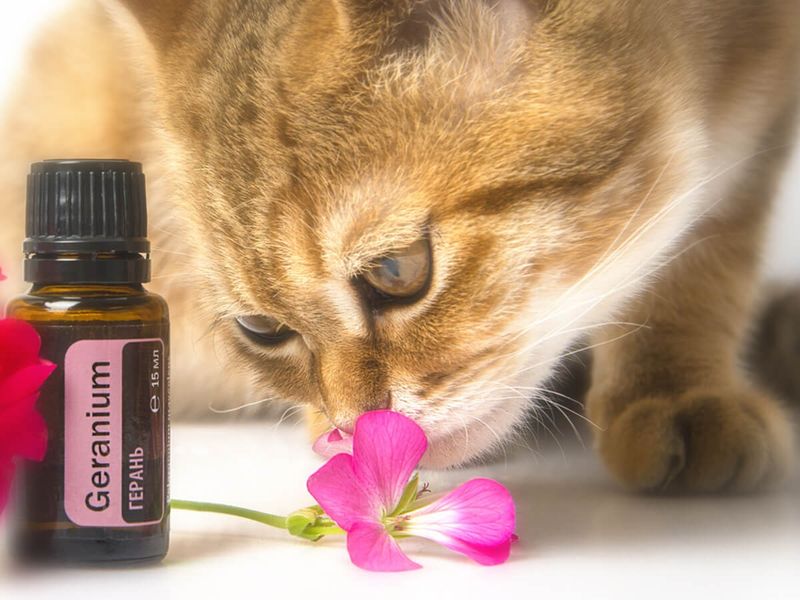📖 Table of Content:
If you’ve ever seen your cat bolt under the bed during a thunderstorm or hiss at the sight of a visitor, you know just how sensitive felines can be to their surroundings. While cats often appear calm and independent, their emotional world is deeply complex. Anxiety, stress, and overstimulation can affect their behavior, health, and quality of life, sometimes in ways that are easy to overlook.
Fortunately, there are proven, veterinarian-approved methods to help ease your cat’s nerves and create a peaceful home environment. Whether your cat is reacting to environmental changes, new people, or simply the hustle and bustle of daily life, the right approach can make a world of difference. The key is understanding both the do’s and the don’ts—supportive tools that bring comfort and actions that can unintentionally make things worse.
In this guide, we’ll explore five calming techniques that have received a thumbs-up from veterinary professionals, followed by five common mistakes that you should absolutely avoid. Each tip is crafted not just to reduce stress but to strengthen the bond between you and your feline friend. By learning how to respond compassionately and strategically to your cat’s needs, you’ll foster an environment of trust and calm that benefits both of you.
1. Create a Safe Space
Designing a refuge for your cat can go a long way in helping them feel protected. Whether it’s a quiet corner with a soft blanket or a covered bed in an unused room, the goal is to offer a secure escape. Cats appreciate having vertical options too—such as cat trees or window perches—where they can observe without being bothered. These safe havens become even more important during chaotic moments like house parties or thunderstorms. By providing a designated retreat, you give your cat the autonomy to self-soothe. When they know there’s a spot just for them, it reduces the likelihood of stress-induced behaviors. Over time, this consistent availability of sanctuary builds confidence and emotional security.
2. Use Pheromone Diffusers
Feliway and similar diffusers work silently but effectively in calming stressed cats. These devices emit synthetic feline facial pheromones that mimic the natural ones cats use to mark territory as safe. Once plugged into a frequently used room, the diffuser creates a comforting environment without sedation. Unlike sprays or pills, pheromone diffusers maintain a consistent effect over days or weeks. Many cat owners notice reduced aggression, fewer urine-marking incidents, and overall calmer behavior. These results are especially pronounced in multi-cat households or during stressful transitions like moves or vet visits. Vet clinics often use them too, showing how widely trusted they are in professional settings.
3. Interactive Play
Interactive play is more than just entertainment—it’s a stress-relief strategy grounded in instinct. Toys that simulate prey, like feather wands or battery-operated mice, help redirect your cat’s natural hunting energy. Engaging in structured play sessions burns off anxious energy and fosters positive associations with you. Additionally, regular play can decrease destructive behaviors like furniture scratching or nighttime zoomies. It’s also a wonderful way to build a trusting, joyful bond with your cat. Not all toys will appeal equally, so pay attention to what sparks excitement and rotate options to keep things fresh. When play becomes part of the daily routine, it contributes to both physical and emotional well-being.
4. Establish a Routine
Consistency in a cat’s daily life brings a great sense of predictability and comfort. Scheduled feedings, playtime, and quiet periods let your cat know what to expect, which reduces anxiety. Cats are creatures of habit, and even small disruptions to their day can be stressful. Sticking to regular rituals reinforces trust and helps your cat feel secure in their territory. A well-structured routine can also aid with behavioral issues, as cats thrive on clarity. Unexpected guests, travel, or changes in feeding time should be introduced gradually when possible. The more predictable your cat’s world, the more confident and calm they’ll feel.
5. Try Natural Calming Supplements
Natural supplements can play a subtle but impactful role in feline relaxation. Options like L-theanine, tryptophan, and casein-based products (like Zylkene) are often recommended by vets. These substances support the nervous system without causing drowsiness or altering your cat’s personality. Calming treats are particularly helpful for travel, vet visits, or introducing new pets. Always choose products that are specifically formulated for cats and vet-reviewed for safety. These supplements come in various forms—powders, capsules, or chews—so you can find what works best for your pet. With consistent use and guidance from your vet, they can become part of a well-rounded stress management plan.
1. Never Yell or Punish
Punishment may seem like a quick fix, but it often creates long-term emotional damage in cats. Raising your voice, spraying water, or using loud claps may cause fear instead of correction. Cats don’t respond to punishment the way dogs might; instead, they associate it with the environment or the person—not their actions. This leads to increased hiding, aggression, or avoidance behavior. A stressed or fearful cat is less likely to learn or trust, especially when their confusion is met with hostility. Positive reinforcement, like treats and praise, is far more effective and humane. In any training or discipline scenario, calm redirection will yield better long-term results.
2. Don’t Force Interaction
Respecting a cat’s boundaries is essential for emotional safety. If your cat hides or retreats, forcing them into interaction can heighten their fear. It may feel personal, but it’s really their way of coping with overwhelming stimuli. Cats warm up on their own terms and timing, and trust must be earned slowly. Trying to scoop up a frightened cat often backfires and can lead to scratching or biting. Instead, offer gentle presence and let them initiate contact when they’re ready. This fosters a more natural relationship where your cat feels in control and respected.
3. Avoid Changing the Environment Too Often
Frequent changes to your home environment may seem minor to you but can be deeply unsettling to your cat. Rearranging furniture, bringing in new scents, or introducing different sounds can disorient and stress them. Cats form strong attachments to their surroundings, often marking them with scent glands as a way to feel secure. When that familiar landscape changes, their perceived safety can dissolve. Try to maintain consistency in layout and access to familiar items like bedding or scratching posts. If changes are necessary, introduce them gradually and provide extra comfort during the transition. Stability is a cornerstone of feline mental health.
4. Don’t Skip the Vet
Behavioral changes in cats may look purely emotional but could have physical causes. Issues like urinary tract infections, arthritis, or hyperthyroidism can mimic anxiety or aggression. Assuming your cat is “just moody” without a veterinary check-up can delay essential treatment. Early intervention not only helps with health but also reduces associated stress behaviors. Many anxious behaviors disappear once underlying pain is addressed. Regular wellness exams can catch issues before they escalate. Trust your instincts—if something feels off, it’s always better to get a professional opinion.
5. Never Use Essential Oils Without Vet Approval
Essential oils might smell pleasant to humans, but for cats, they can be highly toxic. Even passive diffusion of oils like eucalyptus, tea tree, or lavender can cause respiratory distress or liver damage in felines. Cats lack the liver enzymes necessary to safely metabolize many of these compounds. Symptoms of poisoning can be subtle at first—like drooling, lethargy, or vomiting—but escalate quickly. It’s vital to research and consult a veterinarian before using any aromatic products around cats. Opt for vet-approved diffusers or avoid scented products altogether. Keeping your cat’s environment free of harmful substances ensures both their safety and your peace of mind.










